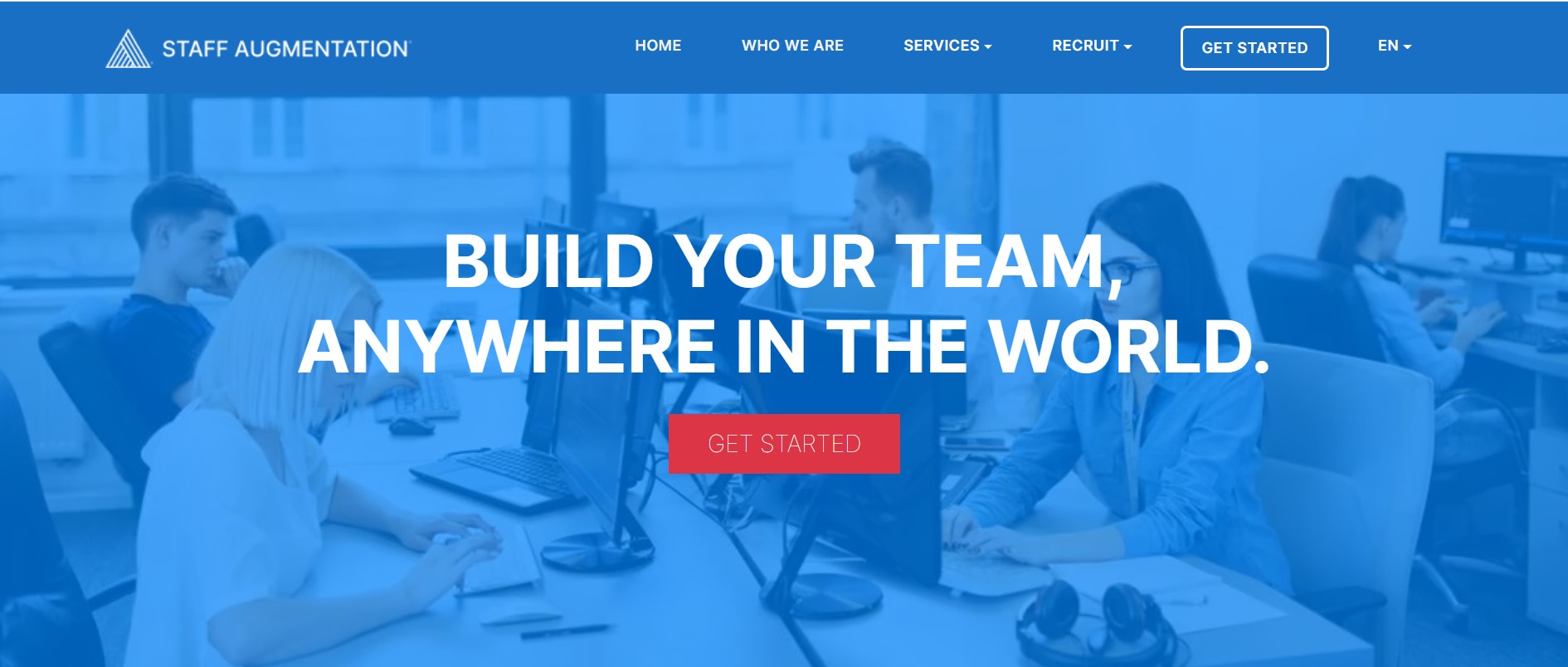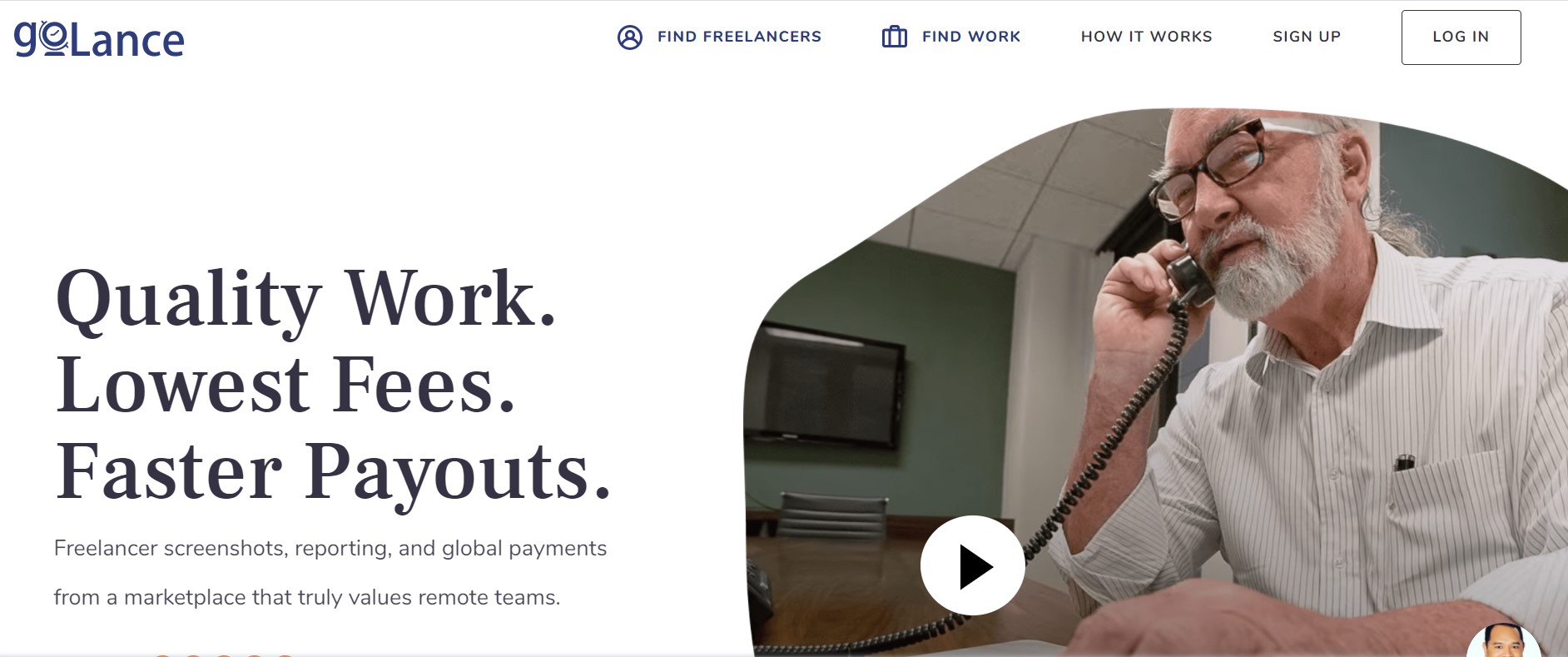Recruitment is the core element of every Human Resources department and ensures that the company will have enough top talent to lead to its success. There are no well-performing organizations without carefully chosen employees, so an effective recruitment process is key.
A wrong decision during the recruitment process may lead to stress and hinder the development of the business. If an employee is not performing well at his job role, they can negatively impact other employees and potentially lead to reduced sales and unnecessary expenses.
And hiring the right person means that the business will have more means to move in a positive direction and be more successful. To ensure that the hiring process goes smoothly and has the best possible results, consider using one of these popular recruiting solutions – StaffAugmentation and GoLance.
StaffAugmentation
A global staffing company based in Switzerland providing highly experienced programming specialists for companies that need top tech talent. The company operates since 2008 and retains professionals specialized in mobile development, backend development, eCommerce, JavaScript, CMS, which can include Android, iOS, PHP, Joomla, Magento, and much more.
StaffAugmentation provides an outsourcing solution so your company can meet your business objectives by taking advantage of scalable options. You can hire professionals to work within your team or on a particular project to add more value and skills. The company concentrate on sourcing talent in 4 main areas:
Mobile Developers – specialized in iOS, Android, Ionic, Java, React Native, Xamarin, and Unity.
Certified JavaScript Developers – highly competent in Angular JS, Backbone JS, Vue JS, Typescript, Aurelia, Ionic, Ember JS, Electron, Meteor, React, React Native, and Node JS.
You can choose a developer specialized in Shopify, Concrete5, BigCommerce, Drupal, and eCommerce and CMS developers. Joomla, Open Cart, Magento, Presta Shop, WooCommerce, WordPress, Expression Engine, and Typo3.
Backend developers – fluent in C#, Java, ASP.Net, PHP, Ruby on Rails, Python, and Erlang.
All the developers have gone through complete on-going studies and have been pre-screened to demonstrate the required level of skills and expertise.
You can take advantage of the various services StaffAugmentation offers, such as corporate relocations, managed services, consulting, strategic staffing, and permanent placement. They also provide on-going support to improve retention and help you establish relationships to save time and money.
GoLance
An online platform that connects freelancers from all over the world with potential employers. The company is US-based and operates since 2015. It aims to provide a flexible, efficient, transparent, and fair workplace by providing a platform that handles all payments and contracts between freelancers and employers.
There are other useful solutions such as goMeter Time Tracking tool that can be used to monitor activity, a smartphone app to stay connected on the go, and a work diary to summarize monthly communications and gigs.
You can simply post a task or project you need help for and find a freelancer that is willing to do the work. You can use the platform to find freelancers specialized in web development, graphic design, marketing, copywriting, technical web related work, and much more.
There is an option to set an hourly rate for each job to make sure you stay within your budget. The platform takes a 10% commission fee and is best for short-term projects rather than long-term opportunities.







